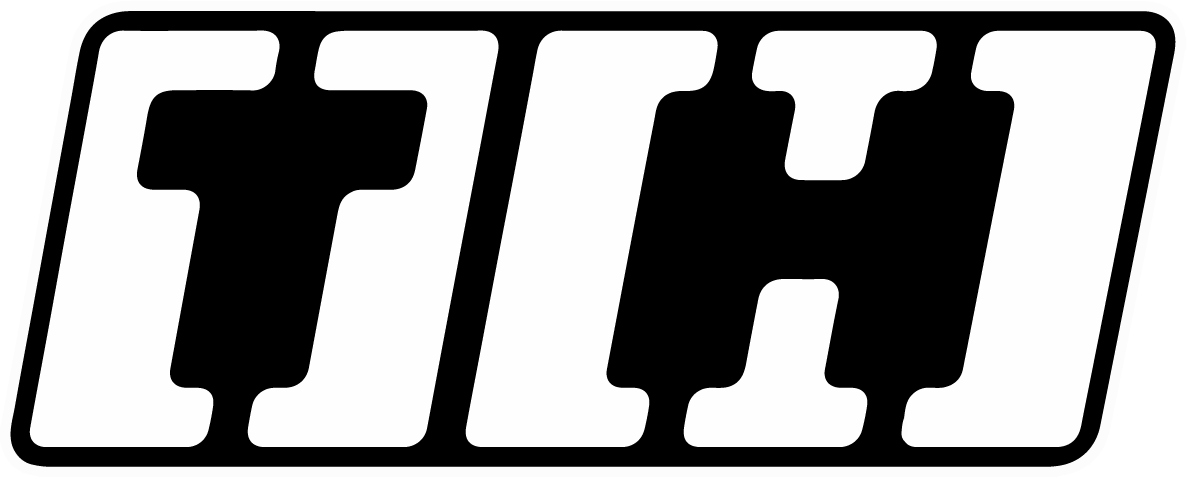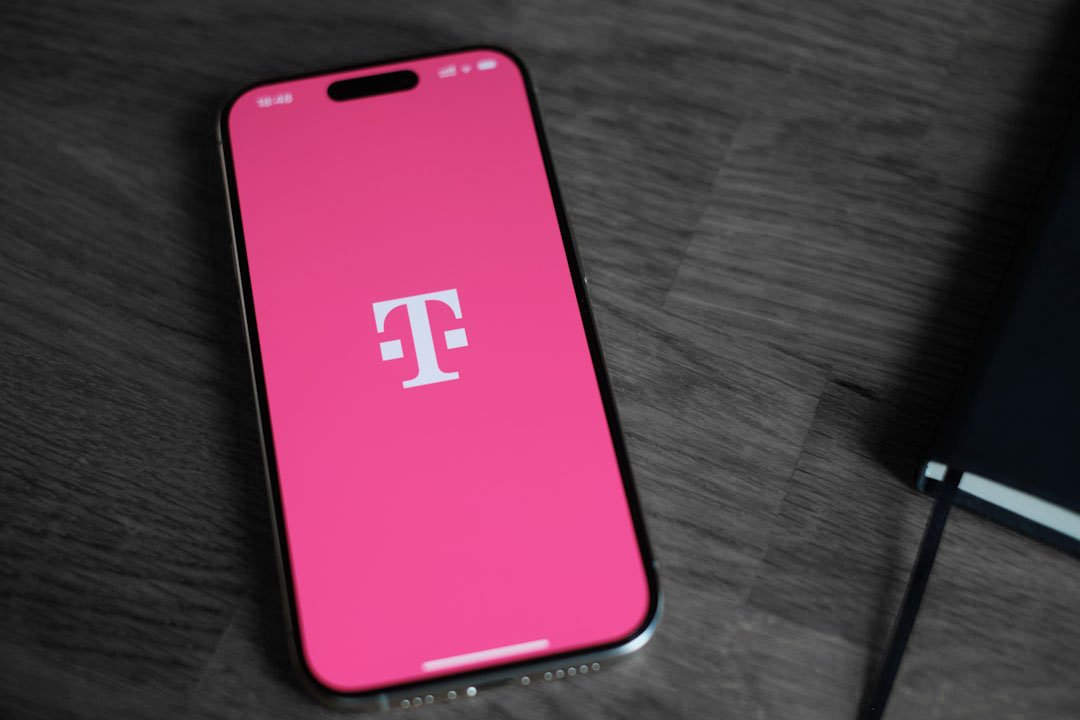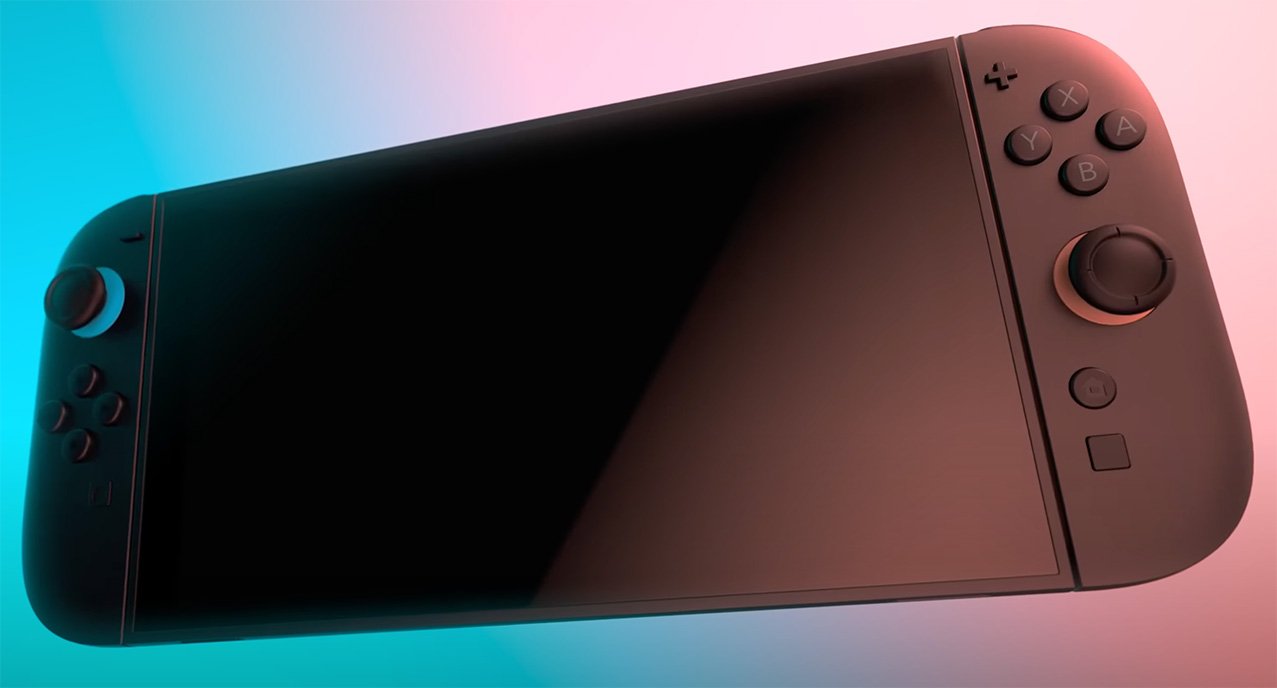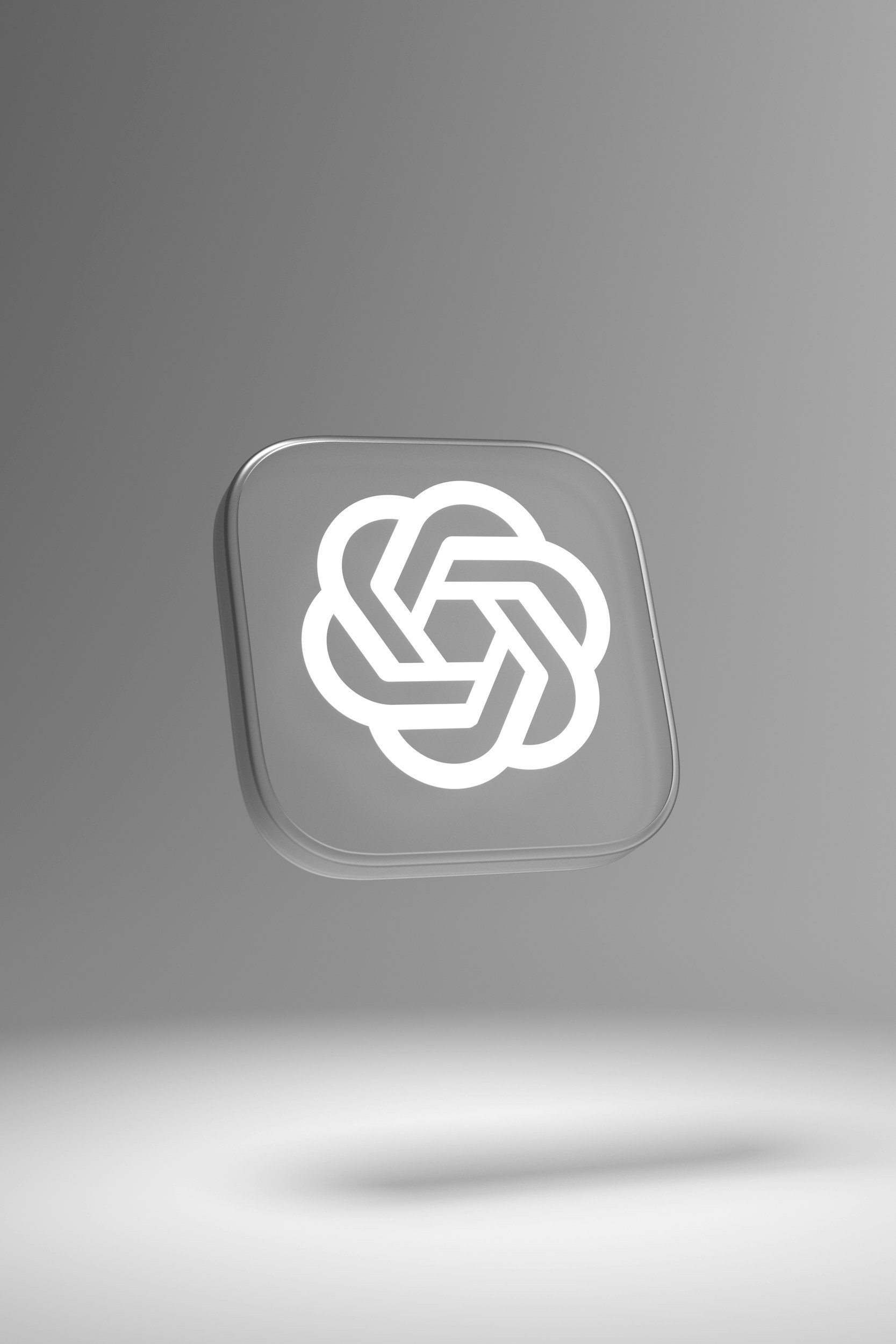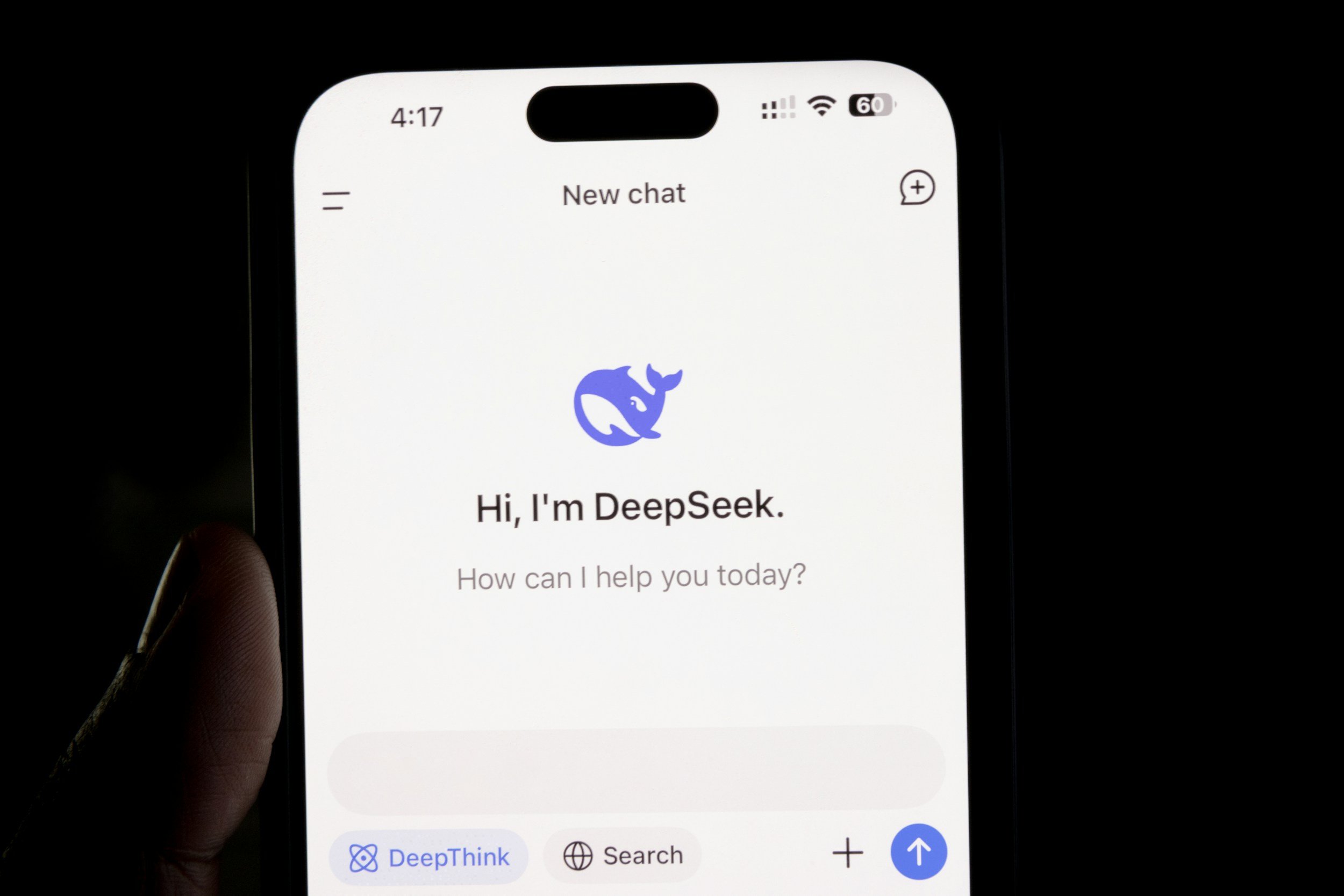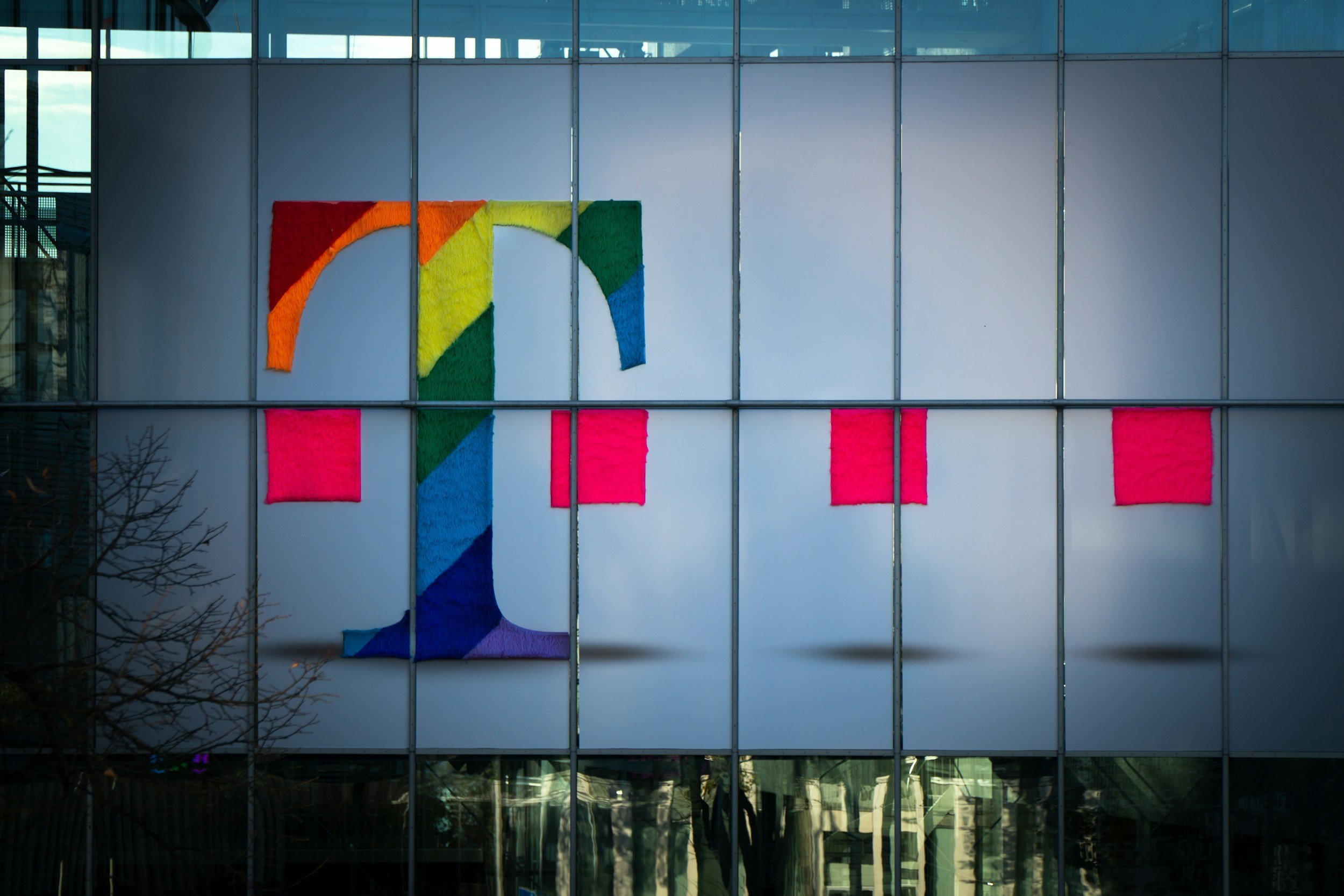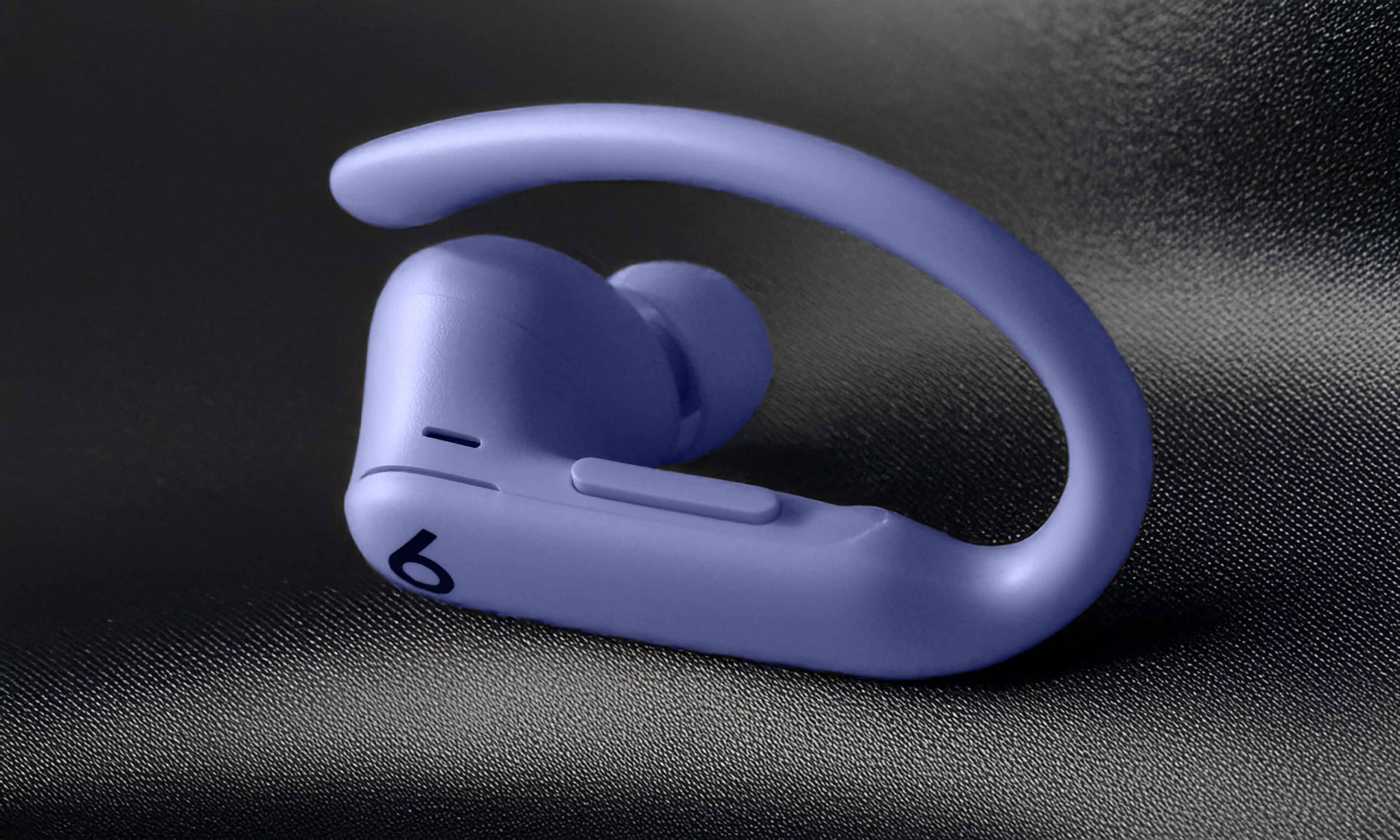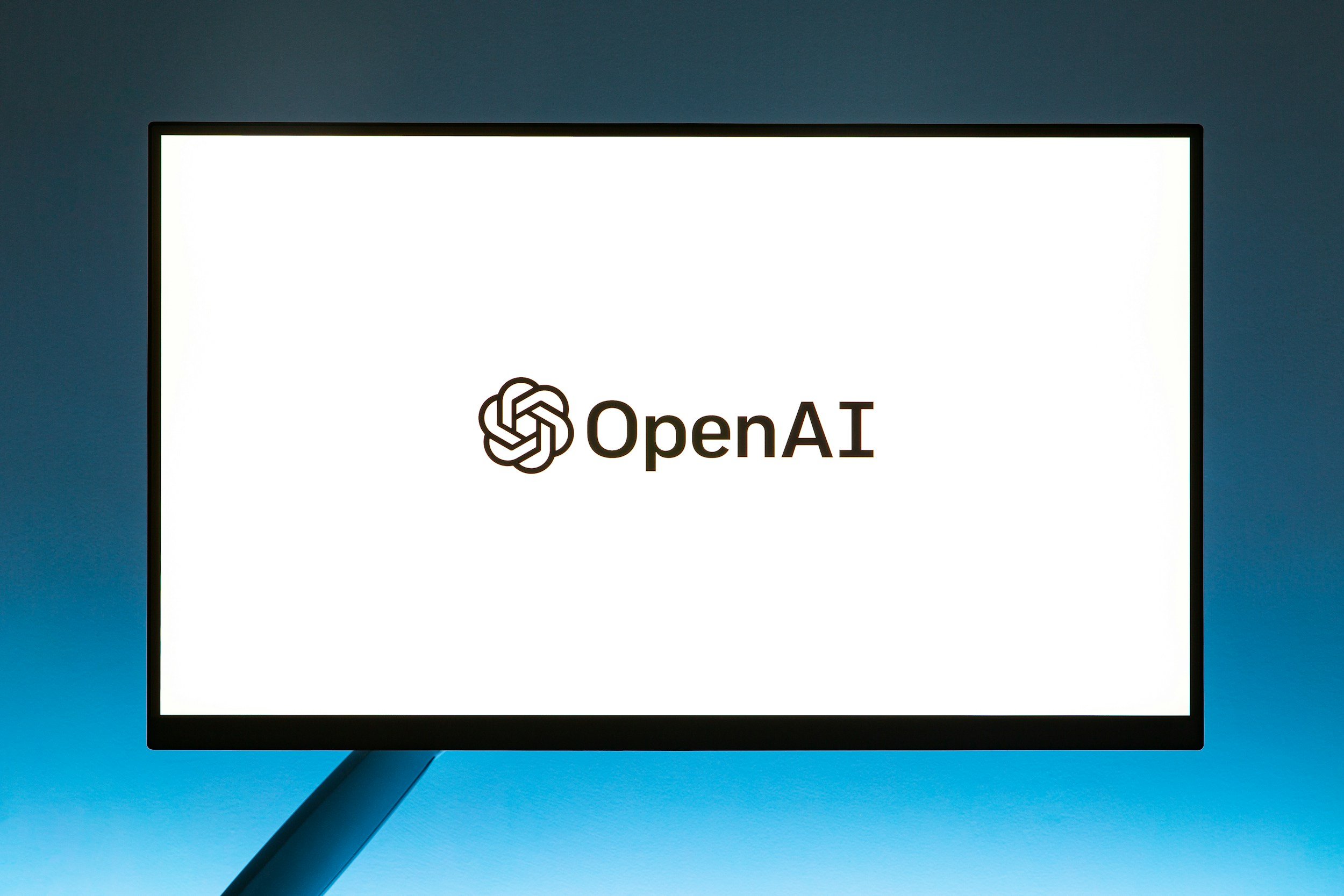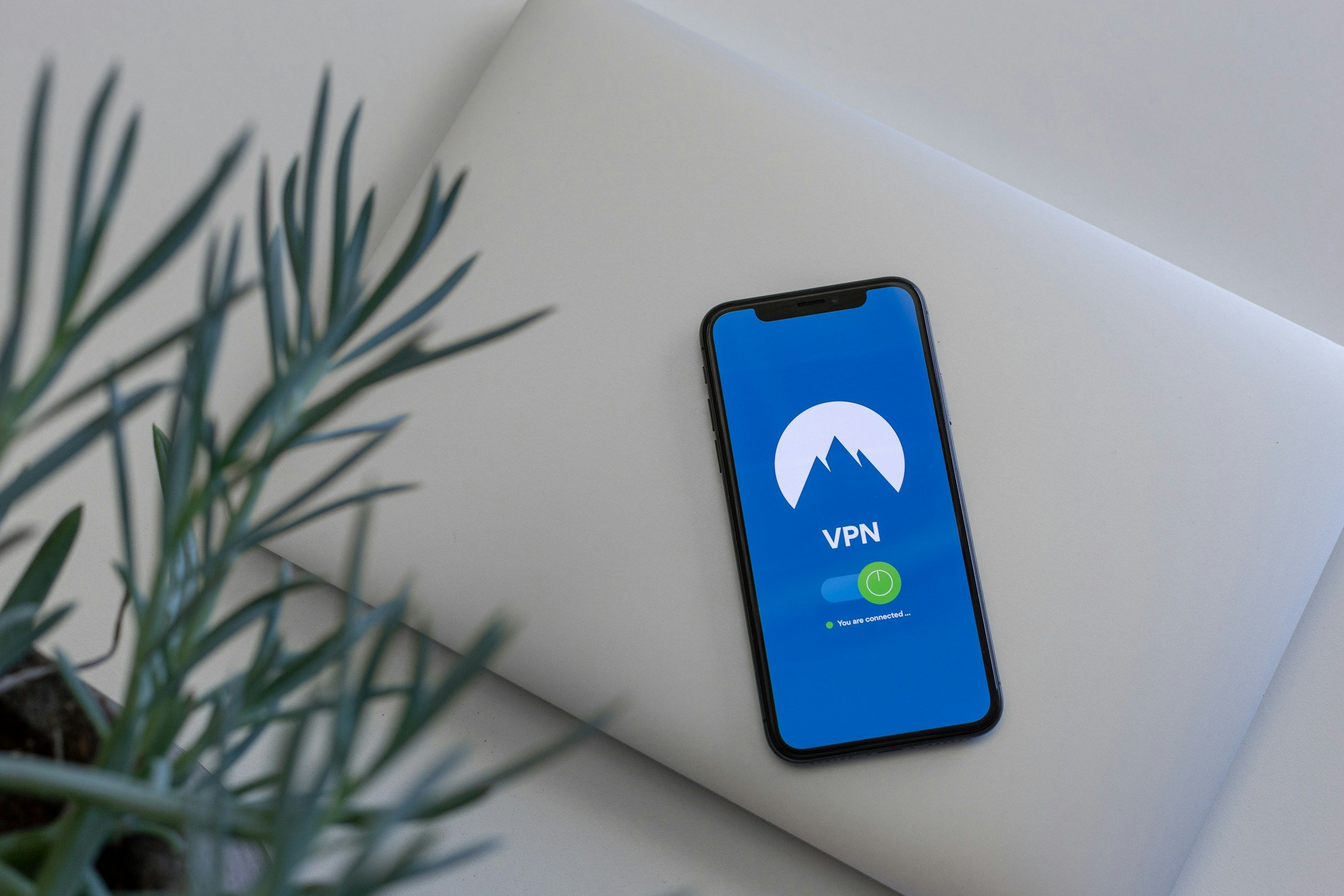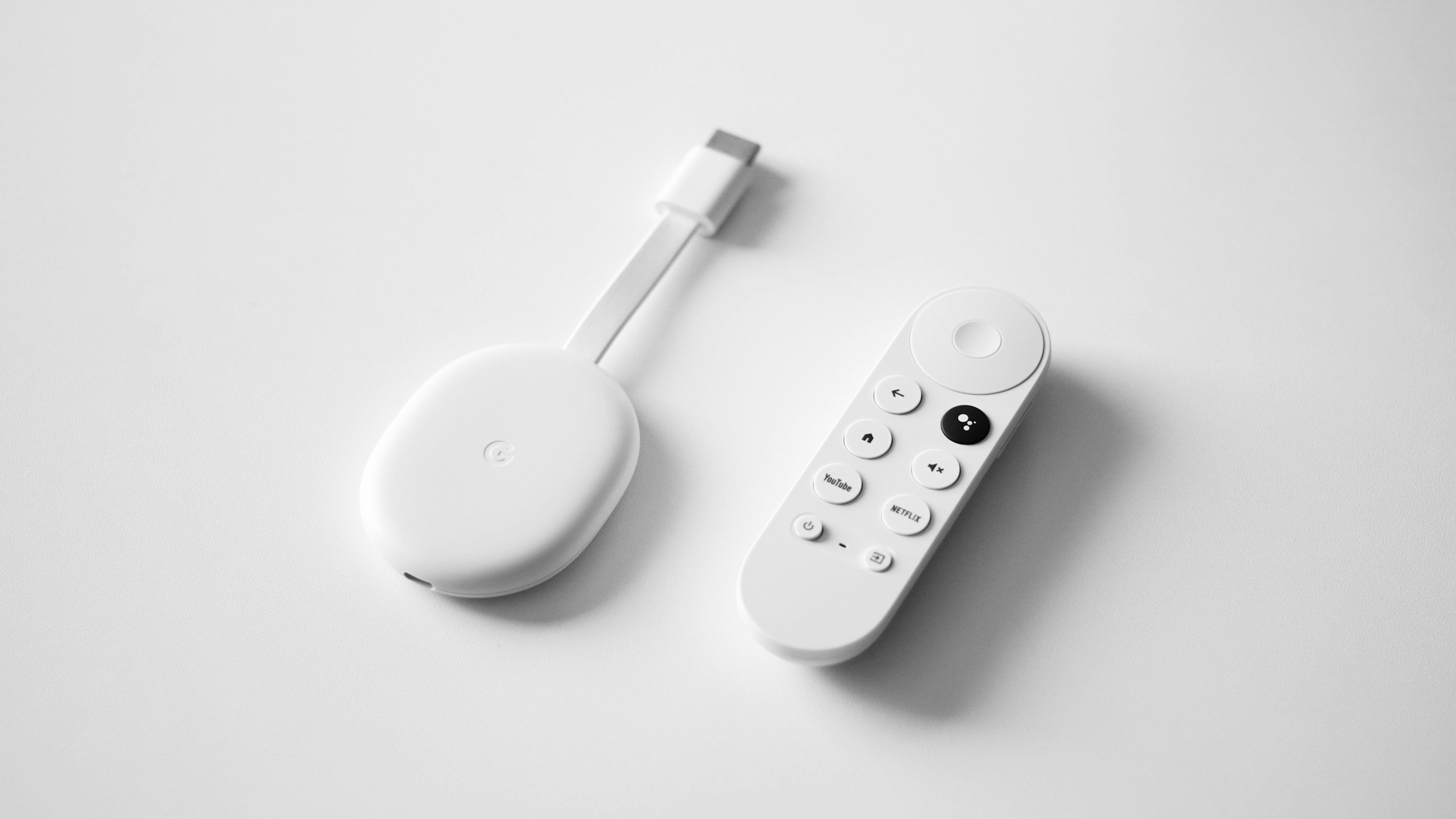Can ChatGPT Generate Images?
When you purchase through links on my site, I may earn an affiliate commission. Here’s how it works.
Table of Contents Show
If you've spent any time on the internet lately, you've probably heard whispers (or shouts) about ChatGPT, OpenAI's language model that's been making waves.
It's a pretty impressive piece of tech that's evolved rapidly from its earlier versions, spitting out everything from code snippets to college essays (though maybe not with the most original thought). But one question I keep getting asked is: "Can ChatGPT generate images?"
Well, the answer isn't as straightforward as you might think. While ChatGPT itself is a text-based AI, meaning it generates words rather than pixels, it's part of a larger ecosystem of AI models that can create images. Think of it like this: ChatGPT is the brains of the operation, but it needs a different set of tools to express itself visually.
So, why should we even care if an AI can generate images? Well, for starters, it's a pretty cool party trick. But beyond that, it opens up a whole world of possibilities for creative expression, design, and even education.
Imagine being able to describe a scene or concept and have an AI generate a visual representation of it in seconds. That's the kind of future we're inching towards, and it's both exciting and a little bit unnerving.
In this post, we're going to dive into the relationship between ChatGPT and image generation, explore some of the tools and techniques that make it possible, and discuss the implications of this rapidly advancing technology. We'll also take a look at some of the ethical considerations that come with AI-generated content.
So, buckle up and get ready for a deep dive into the world of AI and art. Let’s get started.
The Evolution of ChatGPT's Capabilities
Let's rewind a bit and trace the evolution of ChatGPT, because this AI has come a long way in a short amount of time. Early versions, like GPT-3 and GPT-3.5, were primarily text-based powerhouses. They could write essays, answer questions, even craft some pretty decent code. But when it came to visuals, they were about as artistic as a calculator.
However, even in these early stages, there were hints of a future where ChatGPT could dabble in the visual realm. OpenAI started integrating it with other tools like DALL-E, an AI model specifically designed to generate images from text descriptions. This was our first glimpse into the potential synergy between text-based and image-based AI models.
Then came GPT-4, a major upgrade in terms of text understanding and generation. It was like ChatGPT went back to school and aced all its classes. While still primarily focused on text, GPT-4 started showing signs of what the AI world calls "multimodal" capabilities, meaning it could start to understand and work with both text and images.
This opened up some exciting possibilities. Imagine describing a concept to ChatGPT and having it generate a relevant image, or analyzing an image and providing a detailed text description. These early experiments were a bit rough around the edges, but they hinted at a future where AI could seamlessly bridge the gap between words and visuals.
So, while ChatGPT itself wasn't drawing masterpieces (and still isn't, to be honest), its evolution has been all about expanding its capabilities beyond just text. It's like watching a kid grow up and develop new skills.
And who knows, maybe one day it'll surprise us all with a hidden talent for painting. But for now, let's focus on the fascinating ways it's already changing how we interact with and create visual content.
The Rise of GPT-4o
This brings us to GPT-4o, the latest and greatest iteration of OpenAI's language model. Think of it like GPT-4 on steroids, but maybe with a slightly better diet. It's faster, cheaper to run, and packs even more capabilities. But the real game-changer here is the integration of advanced multimodal functions, meaning it can handle text, voice, and – wait for it – images.
GPT-4o can analyze images in real-time, understand what's happening in them, and even generate text descriptions that are surprisingly accurate. This is a major step forward in terms of AI's ability to understand and interact with visual content.
One of the coolest things about GPT-4o is its ability to generate readable text within images. Ever seen those memes where the text is so blurry you can barely make it out? Well, GPT-4o can take that image, analyze the text, and reproduce it in a clear, legible format.
As mentioned before, GPT-4 can analyze, interpret, and even manipulate existing images, but the real magic happens when GPT-4 teams up with DALL-E 3, which brings us to …
How ChatGPT Generates Images with DALL-E 3
Now, let's get to the juicy part: how does ChatGPT actually generate images? Well, it's not doing it alone. It's teaming up with its AI sibling, DALL-E 3, in a tag-team effort that's pretty impressive.
Think of it like this: ChatGPT is the wordsmith, crafting detailed descriptions and prompts, while DALL-E 3 is the visual artist, bringing those words to life in the form of images.
DALL-E 3 is a text-to-image AI model that's been trained on a massive dataset of images and their corresponding descriptions. This allows it to understand the relationship between words and visuals, and generate images that match the text input it receives.
The collaboration between ChatGPT and DALL-E 3 (both are from Open-AI) typically follows a prompt-to-image workflow. It starts with you, the user, providing a text prompt to ChatGPT. This could be anything from a simple sentence like "a cat wearing a hat" to a more detailed description of a scene or concept.
ChatGPT then takes your prompt and refines it, adding details and context based on its vast knowledge base. This refined prompt is then passed on to DALL-E 3, which analyzes the text and generates a corresponding image. The result is a visual representation of your original prompt, often with a level of detail and creativity that can be surprising.
For example, you could ask ChatGPT to generate an image of "a futuristic cityscape at sunset." ChatGPT might then craft a more elaborate prompt, describing towering skyscrapers made of glass and metal, glowing with neon lights, as the sun dips below the horizon. DALL-E 3 would then take this detailed description and create a stunning image that matches your vision.
The beauty of this collaboration is that it allows you to create images simply by describing what you want to see. You don't need any artistic skills or technical knowledge. Just let your imagination run wild, and ChatGPT and DALL-E 3 will do the rest.
Of course, there are still limitations to this technology. The quality of the generated images can vary depending on the complexity of the prompt and the capabilities of DALL-E 3. But as AI continues to advance, we can expect even more impressive results in the future.
So, while ChatGPT itself doesn't directly generate images, its collaboration with DALL-E 3 is a significant step towards making image generation accessible to everyone.
How to Generate Images with ChatGPT (DALL-E 3)
Alright, ready to try your hand at AI-generated art? Here's a simple guide to get you started with ChatGPT and DALL-E 3:
1. Get Access
Free & Easy with GPT-4o
If you're just starting out and want to dip your toes into the AI art world, the basic ChatGPT model with GPT-4 is your gateway. It's totally free and can generate some pretty cool images. However, there's a catch: you have a limited number of image generations per session. It's like a taste test – enough to get you hooked, but not quite the full buffet.
ChatGPT Plus
For those of you who are ready to dive headfirst into AI image generation, ChatGPT Plus is your all-access pass. It not only removes those pesky usage limits (at least to a certain degree) but also gives you priority access, ensuring faster response times and a smoother overall experience. It's like upgrading from economy to first class – you get all the perks and (for the most part) none of the wait.
2. Craft Your Prompt
Be Specific: The more detailed your description, the better the results. Instead of just saying "a dog," try "a fluffy Samoyed puppy playing fetch in a snowy park."
Use Keywords: Think about the style, mood, and elements you want in your image. Mention specific colors, lighting, or even artistic styles (e.g., "watercolor painting," "pixel art").
Experiment: Don't be afraid to try different prompts and see what DALL-E 3 comes up with. Sometimes the most unexpected results can be the most interesting.
3. Generate Your Images
Simply type your prompt into the chat window and request an image. You can even ask for multiple variations to choose from.
4. Refine and Iterate
If you're not happy with the initial results, tweak your prompt and try again. Sometimes small changes can make a big difference.
Additionally, ChatGPT allows you to rate the results and provide feedback. This helps the AI learn and improve over time – but it’s optional.
5. Share Your Creations!
Once you've generated an image you love, don't be shy! Share it on social media, use it in your projects, or even print it out and hang it on your wall.
The best way to get the hang of this is to experiment and have fun with it. Think of it like a new camera – the more you use it, the better you'll understand its capabilities and how to get the results you want.
Practical Applications and Use Cases of DALL-E 3
Okay, let's not get carried away with the idea of AI-generated art just yet. While ChatGPT and DALL-E 3 are definitely shaking things up in the creative world, they're also proving to be incredibly useful tools beyond just making pretty pictures.
For the Creatives
Digital Art, Illustrations, and Graphic Designs
Imagine being able to conjure up unique visuals simply by describing them to ChatGPT. It's like having a personal genie, but instead of granting wishes, it creates custom artwork. This is a game-changer for artists, designers, and anyone who needs visuals for their projects.
Marketing, Advertising, and Content Creation
ChatGPT and DALL-E 3 are a marketer's dream team. Need a catchy image for your next social media campaign? Describe it to ChatGPT and watch the magic happen. This can save time and resources, allowing you to focus on other aspects of your marketing strategy.
For the Professionals
Analyzing Graphs and Charts
ChatGPT's not just about words and images. It can also analyze data and visuals, like graphs and charts. This can be incredibly useful for businesses and academics who need to make sense of complex data sets. Just feed the data to ChatGPT and let it do the heavy lifting.
Troubleshooting Physical Objects
Ever struggled to put together furniture or fix a broken appliance? ChatGPT and DALL-E 3 can come to the rescue. Describe the problem to ChatGPT, and it can generate visual instructions or even suggest solutions based on its vast knowledge base.
These are just a few examples of how ChatGPT and DALL-E 3 are being used in the real world. As the technology continues to evolve, we can expect even more innovative applications to emerge.
Now, I'm not saying that AI is going to replace human artists and professionals anytime soon. But it's definitely a tool that can augment our abilities and open up new possibilities.
Limitations and Future Prospects of AI Images
That being said, let's not get carried away with the hype. While ChatGPT and DALL-E 3 are pushing boundaries, they're not without their limitations. One challenge is accuracy, especially when it comes to generating images based on complex or nuanced prompts. Sometimes, the results can be a bit off, like a game of AI telephone gone wrong.
Another limitation, especially for those of us who aren't paying for the premium ChatGPT Plus subscription, is the number of images you can generate in a given session. It's kinda like a delicious buffet, but with a strict limit on how many plates you can fill.
But hey, no tech is perfect, right? The good news is that OpenAI is constantly working on improving these models. They've got plans to enhance real-time interaction, making the image generation process even smoother and more intuitive.
They're also working on expanding the feature set to a wider audience (as they did with GPT-4o), including developers who want to build on top of this technology, and enterprise users who could leverage it for all sorts of business applications.
So, while we're not quite at the point where AI can flawlessly generate any image you can imagine, we're definitely on the right track.
As someone who's always been fascinated by the intersection of technology and creativity, I'm eager to see how this technology continues to evolve.
Who knows, maybe one day we'll be able to have full-blown conversations with AI, where we describe a scene and it instantly generates a photorealistic image that perfectly captures our vision. That's the kind of future I'm excited about.
Ethical Considerations that Come with AI-Generated Content
Alright, folks, we've talked about all the cool things AI can do, but let's not ignore the elephant in the room: ethics. As with any powerful technology, AI-generated images raise some serious questions we need to address head-on.
The Problem with "Fake" News (and Art)
One major concern is the potential for misuse. AI-generated images can be incredibly realistic, making it easier than ever to create fake news, propaganda, or even deepfakes.
Picture a scenario where someone uses AI to create a convincing image of a political figure in a compromising situation. The damage to their reputation could be devastating, and the impact on public discourse could be far-reaching.
Copyright Conundrum
Who owns the rights to an AI-generated image? Is it the person who created the prompt, the AI model itself, the artists who contributed to this AI with their work, or the company that developed the AI? These are murky waters, and the legal landscape is still catching up.
We need to establish clear guidelines to protect creators and ensure fair compensation for their work!
Bias and Representation
AI models are trained on vast datasets, and if those datasets are biased, the AI's output will be too. This can lead to images that perpetuate stereotypes or exclude certain groups of people.
We need to be mindful of these biases and work towards creating AI models that are fair, inclusive, and representative of the diverse world we live in.
The Threat to Artists and Creators
Will AI replace human artists? It's a question that's been asked since the dawn of automation. While I don't think AI will ever fully replace the creativity and ingenuity of humans, it's important to acknowledge the potential impact on the art industry.
We need to find ways to support and empower artists, while also embracing the new possibilities that AI brings to the table.
The Bottom Line
AI-generated images are a powerful tool, but like any tool, they can be used for good or for ill. It's up to all of us – creators, users, and policymakers – to ensure that this technology is used responsibly and ethically.
We need to have open and honest conversations about the potential risks and challenges, and work together to develop solutions that protect our society and empower our creativity.
Let's not let the fear of the unknown hold us back from exploring the vast potential of AI. But let's also not be naive about the ethical implications.
By being mindful of these concerns and actively working towards responsible AI development, we can ensure that this technology serves as a tool for good, rather than a weapon of misinformation and manipulation.
Final Thoughts
We've seen how ChatGPT, with a little help from its friend DALL-E 3, can generate images and is changing the game for artists, marketers, and even everyday folks who just want to have some fun with AI.
But this is just the beginning. As AI continues to advance, the potential for image generation to impact various industries is immense. We're talking about everything from revolutionizing advertising and marketing to transforming education and even healthcare.
The future of AI should be about enhancing our creativity and expanding our capabilities. It should be about giving us tools that allow us to express ourselves in ways we never thought possible. And that's something worth getting excited about.
However, as we embrace these advancements, we must remain vigilant about the potential for misuse. Deepfakes, misinformation, and questions of ownership and bias are all part of the conversation we need to be having. Responsible AI development means not only pushing the boundaries of what's possible but also ensuring that these tools are used ethically and for the betterment of society.
If you're as intrigued by this technology as I am, I encourage you to dive in and explore it for yourself. Sign up for ChatGPT to unlock the full power of image generation and see what it can do. Trust me, it's worth the hype.
And don't forget to share your experiences in the comments below! I'm always curious to see how people are using these tools to push the boundaries of creativity. Tell me about the amazing images you've created, the challenges you've faced, and the unexpected ways you've found to incorporate AI into your workflow.
As we continue to explore the ever-evolving world of AI, I'll be sure to keep you updated on all the latest developments. So, subscribe to my newsletter to stay in the loop and never miss a beat.
Thank you very much for reading! See you around.
FAQ
-
No, not directly. ChatGPT is a text-based AI, but it collaborates with DALL-E 3, a separate AI model specifically designed for image generation. ChatGPT helps refine your text prompts, while DALL-E 3 translates those prompts into visual form within ChatGPT.
-
Absolutely not! The beauty of this technology is that it's accessible to everyone. You don't need any artistic skills or technical knowledge. Just describe what you want to see, and ChatGPT and DALL-E 3 will work their magic.
-
Yes, ChatGPT-4o is for free! However, the use is restricted and the full capabilities are currently unlocked with a ChatGPT Plus subscription.
-
The quality of generated images can vary depending on the complexity of your prompt. Also, there are limits on the number of images you can generate per session, especially for free users. However, OpenAI is actively working on improving these limitations.
-
The future is bright! We can expect continued improvements in image quality, real-time interaction, and the expansion of features to a wider range of users. The possibilities for creative expression, marketing, and even problem-solving are endless.
-
You can access these features by signing up for ChatGPT for free. Dive in and see what you can create!
MOST POPULAR
LATEST ARTICLES
